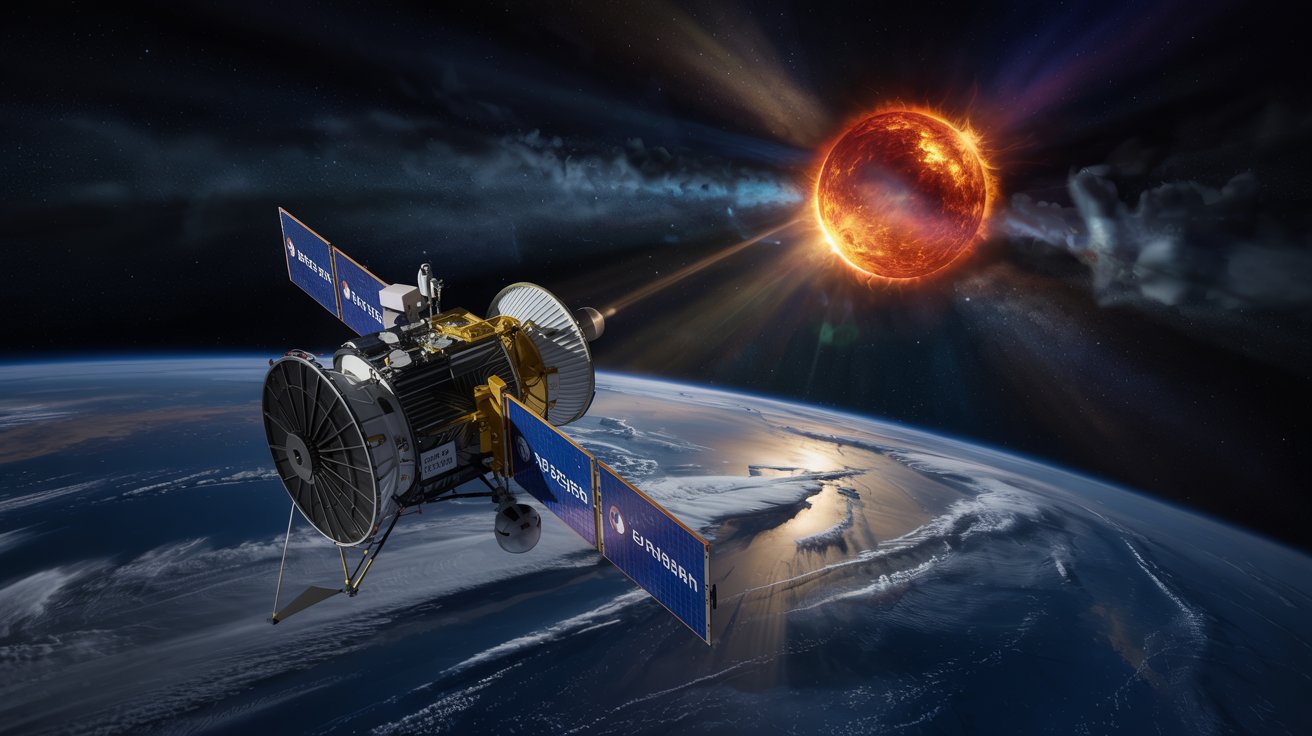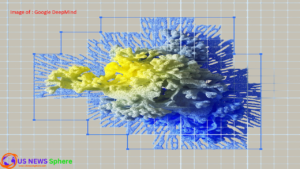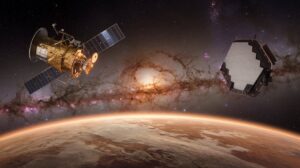NASA’s Solar Dynamics Observatory shocks scientists with a stunning new maneuver that recalibrated its instruments with extreme precision—advancing how we monitor solar activity and predict its impact on Earth.
What Was the Solar Dynamics Observatory’s Maneuver?
NASA’s Solar Dynamics Observatory (SDO), launched in 2010, recently executed a planned 180-degree roll maneuver—a critical step for recalibrating the onboard sensors. This maneuver ensures that the instruments onboard the satellite continue to deliver precise measurements of solar activity, even after years in orbit.
Why it matters: The calibration helps correct any sensor drift that occurs over time due to space radiation or wear, guaranteeing high-quality, consistent solar imaging data.
Why This Calibration is a Big Deal for the USA
The United States relies on solar monitoring satellites like SDO to track solar flares, coronal mass ejections (CMEs), and sunspots—all of which can affect critical infrastructure like:
- GPS navigation
- Internet & telecom systems
- Power grid stability
- Commercial aviation and satellite paths
This maneuver ensures early warning systems remain accurate for protecting national infrastructure.
Calibration vs. Observation
| Feature | Calibration Maneuver | Solar Observation |
|---|---|---|
| Goal | Re-align instruments for precision | Monitor solar activity in real-time |
| Timing | Scheduled periodically | Continuous |
| Tools Involved | Thrusters, internal sensors | Telescopes, UV imaging, magnetometers |
| Output | Updated sensor calibration profiles | Solar flare and CME tracking data |
| Importance for USA | Ensures data reliability | Warns of space weather threats |
What Experts Are Saying About This Maneuver
According to NASA engineers, the level of precision achieved during this maneuver was remarkable, with angular error correction reduced to under 0.01 degrees—one of the best performances since the satellite’s deployment.
How SDO’s Data Helps America Stay Ahead in Space Weather
The data sent by SDO supports not just NASA, but also:
- NOAA’s Space Weather Prediction Center
- US Air Force Space Command
- Scientific research at major US universities
Each of these institutions uses SDO’s daily data to make real-time decisions about satellite orientation, aircraft flight path safety, and national defense communications.
Conclusion: Why the USA Should Pay Attention
NASA’s Solar Dynamics Observatory continues to be one of the most important tools the USA uses to understand the Sun. Its recent calibration maneuver isn’t just a technical adjustment—it’s a safeguard for American communications, navigation, energy, and space industries.
For direct technical insight, explore NASA’s update:
NASA SDO Mission Page – NASA.gov
By investing in long-term missions like SDO and ensuring their precision, the United States continues to lead the world in space-based monitoring and forecasting. As solar activity increases heading toward the next solar maximum in 2025–2026, maneuvers like this become even more critical.





